
For decades, Captain James T. Kirk has been central to ‘Star Trek’, demonstrating the challenges of being a starship captain – quickly making important decisions while also planning for the future. Whether it’s encountering new civilizations, handling emergencies, or even traveling through time, he’s consistently portrayed as a leader who understands his team, his vessel, and the risks involved in exploring deep space.
The following details ten specific ways James T. Kirk impacted Federation history and the world of Star Trek. These aren’t just exaggerations-they’re concrete examples of his accomplishments, routines, and abilities that explain why the name “Kirk” remains central to discussions about leadership, negotiation, and finding solutions in space. It’s his lasting legacy.
Outsmarting the Kobayashi Maru

While at Starfleet Academy, Kirk uniquely passed the infamous Kobayashi Maru test. He didn’t succeed by playing the scenario as designed; instead, he reprogrammed the simulation to create a situation where winning was possible. This showed he was skilled with the Academy’s training programs and, more importantly, that he wouldn’t passively accept defeat if it meant lives could be lost. His solution became a well-known example for future officers, studied as an instance of creatively bending the rules in a safe, controlled environment.
The event stayed with him throughout his professional life, influencing how colleagues and leaders understood his approach to risk. Essentially, it led him to begin every operation looking for alternative solutions-approaches that weren’t immediately apparent given the original plan, but still achieved the objectives while keeping his team safe.
The Corbomite Bluff
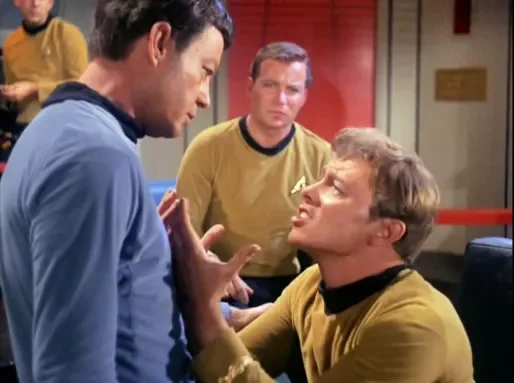
When confronted with a much stronger enemy, Kirk made up a fake material called “corbomite.” He claimed that any attack on the Enterprise would backfire and destroy the attacker. This deception-first used in the episode ‘The Corbomite Maneuver’-gave them valuable time, changed how the enemy viewed the risks, and stopped the situation from escalating without a single shot being fired. It was a clever information operation that worked!
The approach involved deliberately misleading the opposition in a well-planned way: it presented information clearly, used believable technical explanations, and continued until the goal – de-escalation – was achieved. Starfleet training programs frequently highlight this as a prime example of resolving conflicts without using force, demonstrating how a strong command presence and carefully managed communication can defuse dangerous situations. It’s considered a successful instance of non-kinetic conflict resolution.
First-Contact Diplomacy Under Pressure

Captain Kirk frequently found himself dealing with entirely new civilizations, or those just barely known to the Federation. He often interacted with species that had significantly more advanced technology than Starfleet. In episodes like ‘Errand of Mercy’ and ‘Metamorphosis’, he skillfully negotiated and navigated complex alien laws and customs, all while upholding the fundamental values of the Federation.
These assignments demanded quick understanding of different cultures, strict adherence to procedures, and proper application of Federation regulations. Captain Kirk’s records of these interactions offer useful guidelines for future commanders, detailing how to handle communication, respect local traditions, and decide when to retreat or keep working with a civilization.
Strategic Prime Directive Interpretation

Kirk was careful to follow the Prime Directive, always considering the specific situation-particularly when civilizations that hadn’t yet developed warp drive were being secretly controlled or were stuck in harmful conflicts. Episodes like ‘A Taste of Armageddon’ and ‘Return of the Archons’ showcase instances where he intervened to help societies develop naturally, by eliminating outside influences that were causing problems. He focused on removing external distortions to allow for natural societal development, showing his commitment to the Directive’s principles.
In practice, that method depended on thoroughly collecting evidence, taking focused, small-scale actions, and then stabilizing the situation after each incident. Starfleet reviews of these missions highlight how well he balanced respecting other cultures with the need to stop artificial restrictions or subtle pressure that went against Federation principles.
The Spock–McCoy–Kirk Command Triad
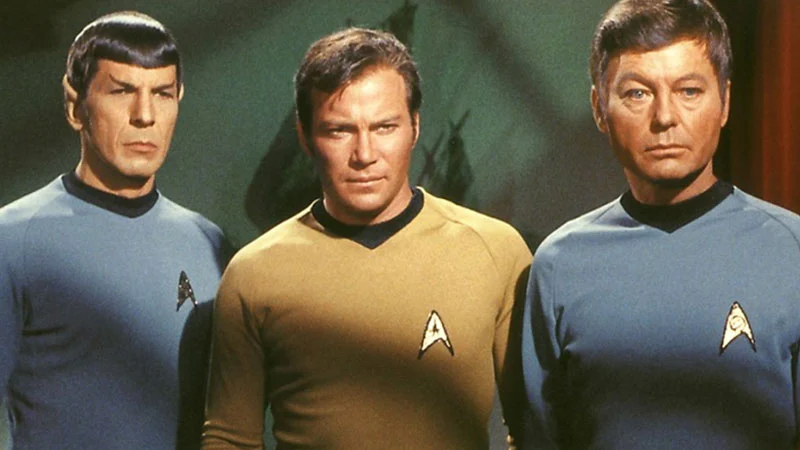
Kirk’s command on the bridge benefited from the combined strengths of Spock’s analytical skills and McCoy’s focus on people. Records of Enterprise briefings and emergency meetings demonstrate that he actively sought their opinions and weighed them carefully before making decisions. This deliberate approach ensured that both logical reasoning and moral concerns were always prioritized.
Reports following operations showed that the team of three worked best when they communicated consistently and efficiently, leading to quicker agreements and fewer mistakes later on. Starfleet leaders often point to this team as a good example to follow: clearly assign experts with differing viewpoints, establish formal ways to voice disagreements, and then combine those perspectives into firm decisions. This approach allows for better outcomes and streamlined processes. Essentially, it’s a proven method for effective collaboration.
High-Risk, High-Reward Starship Tactics

Captain Kirk’s strategy in space battles, like the one shown in ‘Balance of Terror’, relied on tricking the enemy and skillful maneuvering rather than overwhelming firepower. He preferred tactics such as creating the illusion of ship malfunctions, falsifying sensor readings, and using complex flight patterns – known as three-dimensional vector traps – to outsmart opponents. These engagements demonstrated a focus on using limited visibility, anticipating enemy movements, and precise timing to defeat cloaked or stealthy enemies.
Training materials based on data from Enterprise logs explain these techniques, including telemetry readings and how to coordinate shields and weapons. The focus is on taking the lead: weaken an enemy’s strengths, reduce their time to react, and push them into vulnerable positions, all while protecting the ship’s vital systems.
Time-Travel Mission Execution
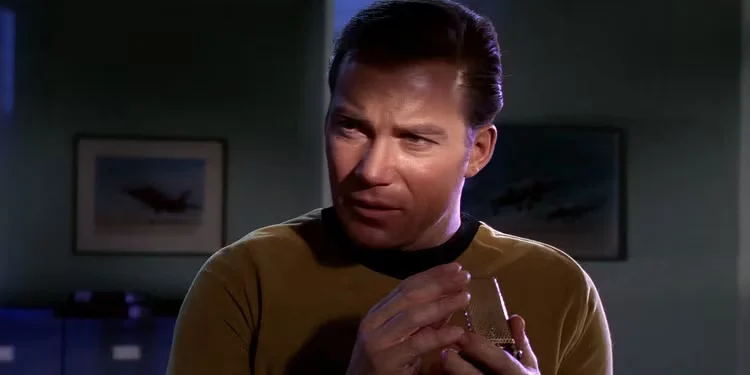
Kirk was in charge of, or helped lead, several missions that involved traveling through time. This included the events in ‘The City on the Edge of Forever’ and later missions shown in the films, where the goal was to recover historical items and protect the timeline. These operations required careful tracking of all recovered objects, avoiding interference with past cultures, and making sure important moments in history stayed as they should.
Starfleet’s team that investigates time travel uses these records as a guide for standard procedures, including how to create believable disguises, evaluate the dangers of changing the past, and measure how well events were restored. The documents show how the crew of the Enterprise completed missions involving time while monitoring for paradoxes and making sure everything returned to the correct timeline. They detail how the crew managed paradox exposure and ensured a smooth re-assimilation into the main timeline.
From Tarsus IV Survivor to Flag Officer
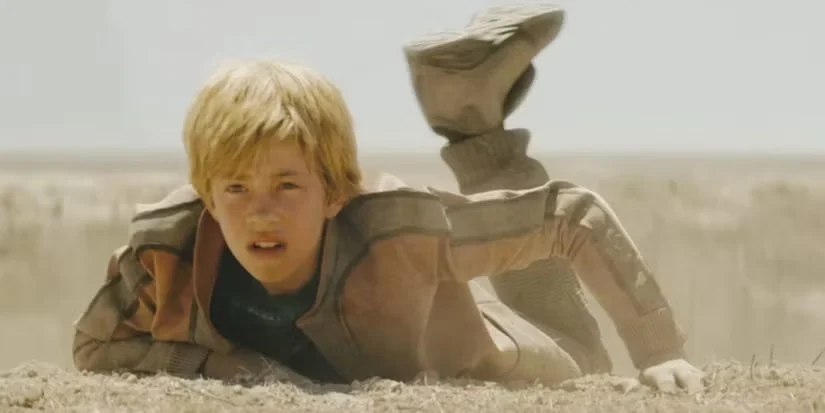
Records show Kirk was one of the people who lived through the famine on Tarsus IV, an event that would later connect to the events in ‘The Conscience of the King’. He excelled at the Academy, then commanded the Enterprise, eventually becoming an admiral. Later, he returned to being a captain during several critical moments seen in the films.
Career files detail an officer’s development, including tactical training, assessments for command positions, and any awards received. This record offers a comprehensive view of how challenging early experiences, guidance from mentors, and performance under pressure influenced promotions within Starfleet during the 23rd century.
Cross-Era Continuity and Alternate-Timeline Presence

Kirk’s character appears in both the original Star Trek continuity and the films set in the Kelvin timeline, maintaining his fundamental personality while adapting to different versions of history. The Kelvin timeline version-shown in ‘Star Trek’, ‘Star Trek Into Darkness’, and ‘Star Trek Beyond’-features similar experiences at the Academy, but these are changed by events stemming from the destruction of Vulcan.
Studies comparing different time periods show that certain important elements-like the central command structure, the relationship between the three key powers, and significant battles-keep appearing, though with changes based on the specific time. This consistency across eras allows for a focused look at how characters’ actions lead to results, even when the overall strategic situation and the political landscape of the Federation are different.
Khitomer Crisis Resolution
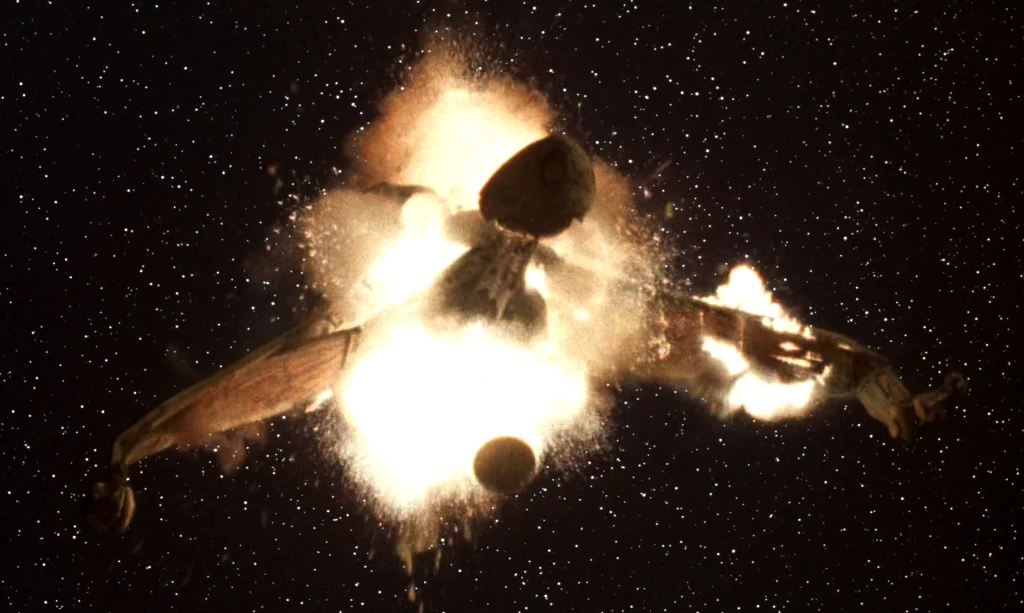
In the events leading up to and during the Khitomer peace talks-as shown in ‘Star Trek VI: The Undiscovered Country’-Captain Kirk and the crew of the Enterprise discovered a plot to ruin the fragile peace between the Federation and the Klingons. Through their investigation, chase, and last-minute actions, they successfully saved the peace summit and kept the new Klingon Chancellor safe. This prevented a potential war and allowed the détente to proceed.
Diplomatic records show this was a key step in building lasting peace with the Klingon Empire. The records detail how the investigation unfolded: investigators followed evidence on a Federation ship, different agencies worked together, and safeguards were put in place to guarantee the agreements could be signed without any more disruptions.
As a huge film buff, I’m really curious – what’s your absolute favorite moment featuring Captain Kirk? I’d love to hear it! Let’s share our thoughts in the comments so we can all compare notes and keep the conversation going! Share yours now! It’s always fun to revisit these classic scenes, and I’m excited to see what everyone picks!
Read More
- Silver Rate Forecast
- Gold Rate Forecast
- Красный Октябрь акции прогноз. Цена KROT
- Navitas: A Director’s Exit and the Market’s Musing
- Unlocking Text Data with Interpretable Embeddings
- VOOG vs. MGK: Dividend Prospects in Growth Titans’ Shadows
- XRP’s Wrapped Adventure: Solana, Ethereum, and a Dash of Drama!
- Itaú’s 3% Bitcoin Gambit: Risk or Reward?
- Investing in 2026: A Tale of Markets and Misfortune
- Ethereum’s $3K Tango: Whales, Wails, and Wallet Woes 😱💸
2025-10-04 03:49